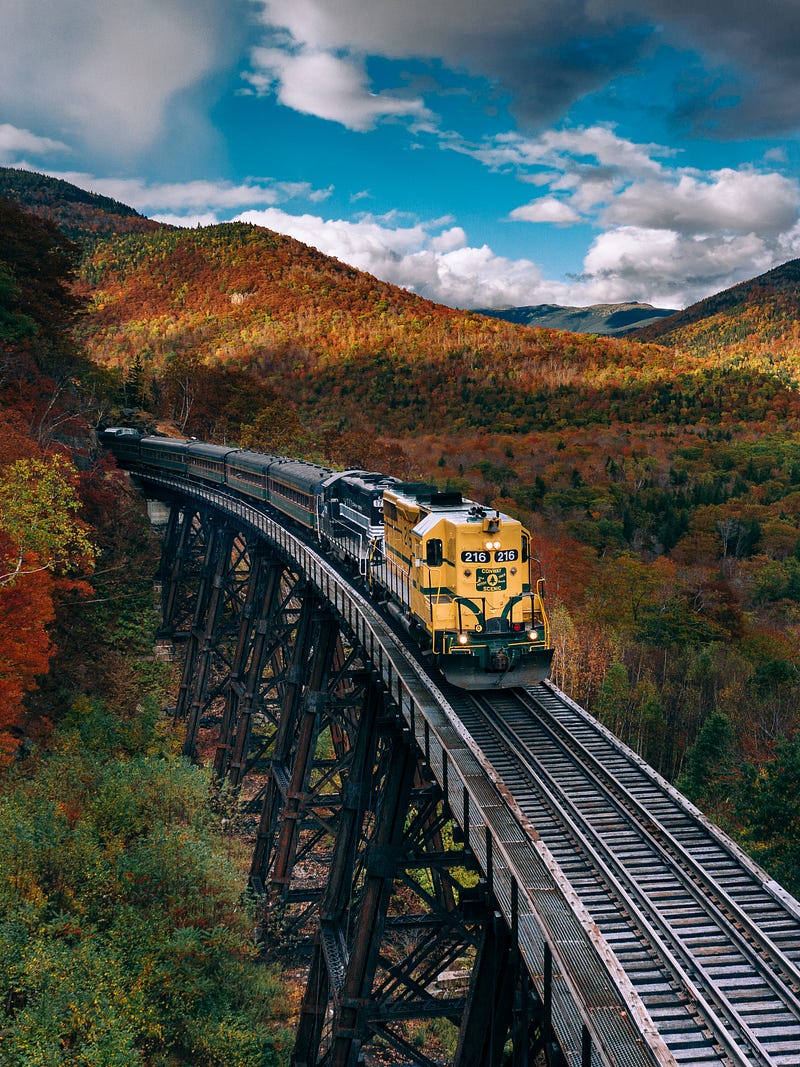The first locomotive powered by steam was invented in 1804 and forever changed the way human beings would relate to distance. Distant cities would become reachable in days or even hours, and the rail was affordable enough to allow even the poorer classes to travel extensively and find better prospects for work or better locations to settle (a before perilous and extremely difficult task). Before the steam train, the fastest mode of overland transportation was the mail coach, pulled by a team of fresh horses, which could reach the breathtaking pace of 7 miles per hour. When steam locomotion entered the scene, its speeds initially terrified people, and many wondered if there would be health problems brought on by a speed so unnatural to human life. And yet, as the technology developed, the railway became the best interconnection tool for humanity, a way for us to bridge the gaps between city life and rural, poor and wealthy, near and far.
Following this train of thought

Early predecessors of railways were put in place to help miners get coal and minerals out of deep tunnels as early as the mid-1500s. First, wooden rails were used, later be replaced by iron, and heavy loads were pulled by horsepower. However, we can go back even farther to ancient Mediterranean civilizations like Babylon and find early examples of the concept, with tracks carved into stone that would allow wagons to travel predefined routes.
The steam engine, designed in 1712 by a British mining engineer named Thomas Newcomen, was originally a simple device designed to support faster mining. Newcomen’s design received later improvements by the Scottish inventor James Watt who patented a design for a steam locomotive in 1784. What followed were twenty-odd years of innovation from different engineers, mechanics, and industrial explorers, aiming to build a functional steam locomotive that could haul loads and become commercially viable.
It would take just over a hundred years for the invention of the first steam engine to become the first public, steam-only, railway line, but in 1829 the Liverpool and Manchester Railway gained that honor, and for the next hundred years steam-powered trains would dominate travel across the world (though electrically-powered trains also became popular and were in regular use in some locations as early as 1891).
Diesel-electric trains (locomotives which use diesel engines to power electric generators) were popular for many years, supplanting steam-powered engines. They were a staple for national transport in many countries worldwide before being phased out throughout much of civilized Europe and elsewhere in favor of electric trains. Sadly, in the United States, where infrastructure has lagged desperately behind continental Europe for decades, the environmentally detrimental diesel engine continues to be used.
Electric trains and hydrogen-powered trains are now the preferred means of transport for all nations where railways are maintained by the public. Since the United States continues to operate on the outdated privatized public infrastructure model for its railways, the train system has lagged, but elsewhere great strides are being made to further improve and extend green railway access as the best alternative to both automobile and air travel.

